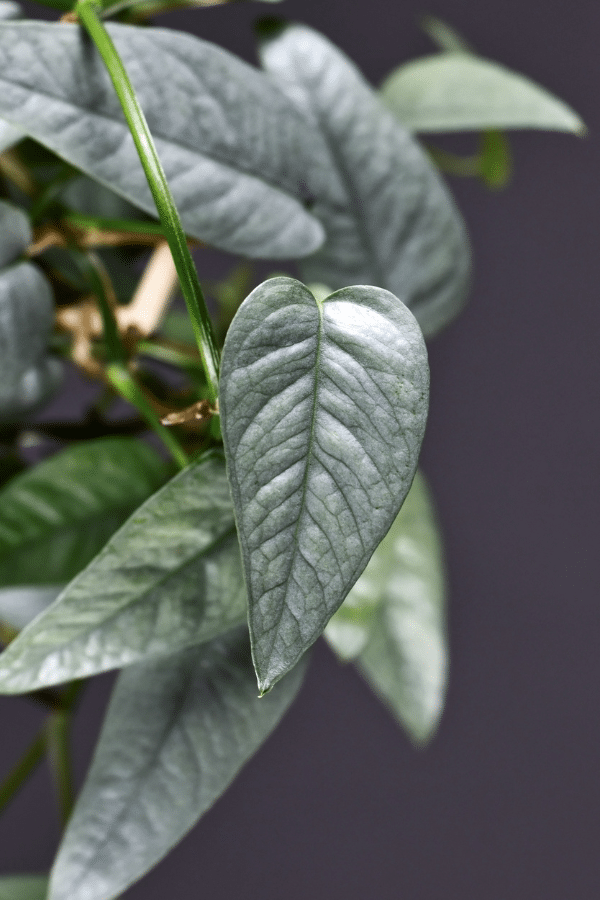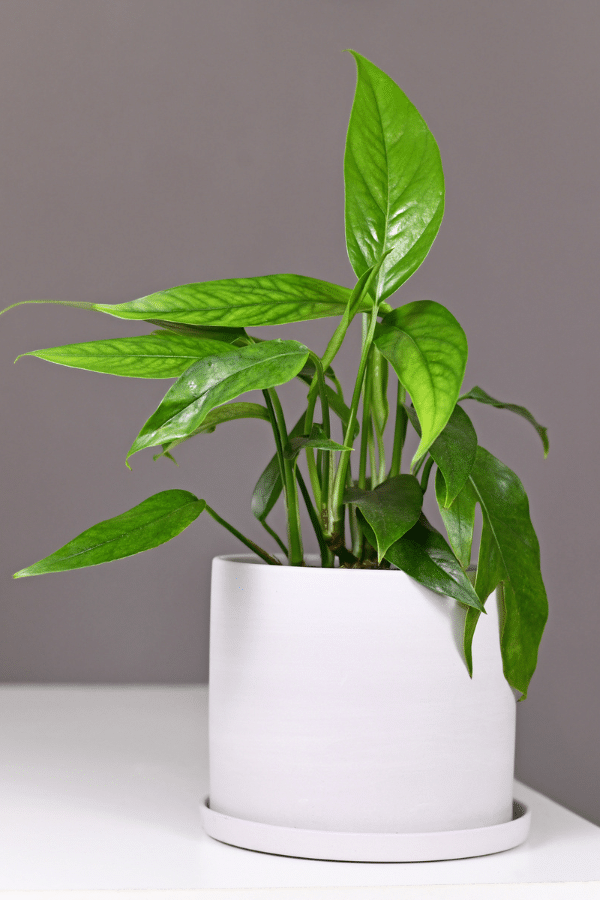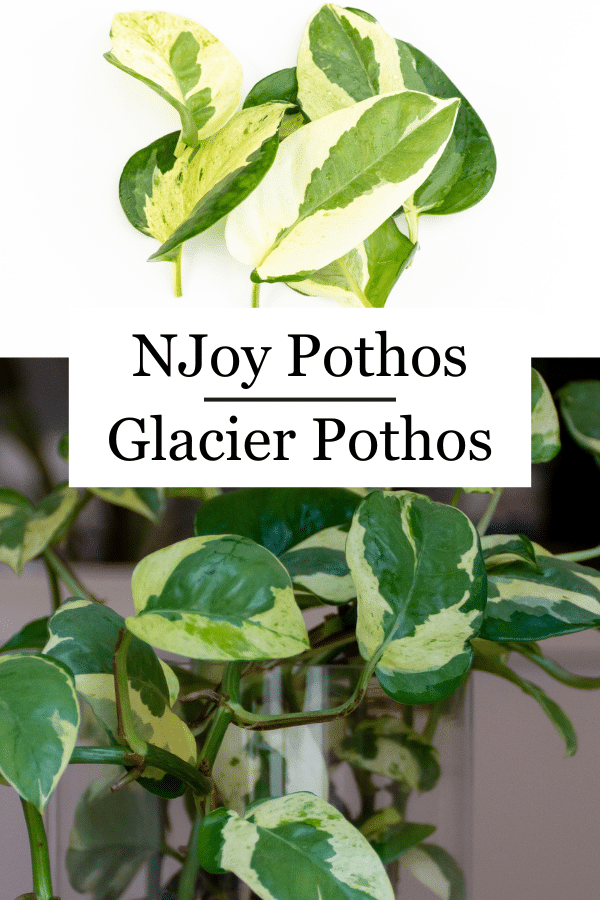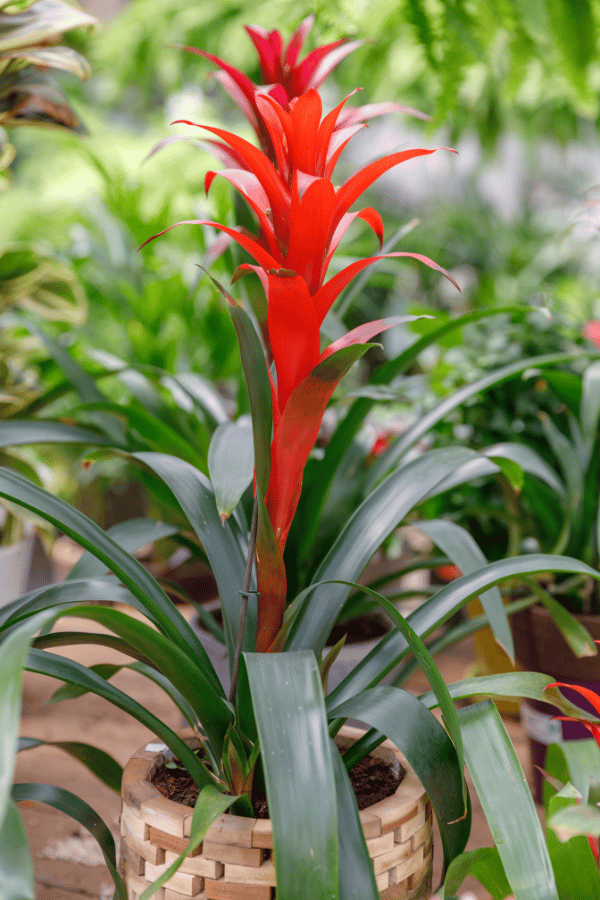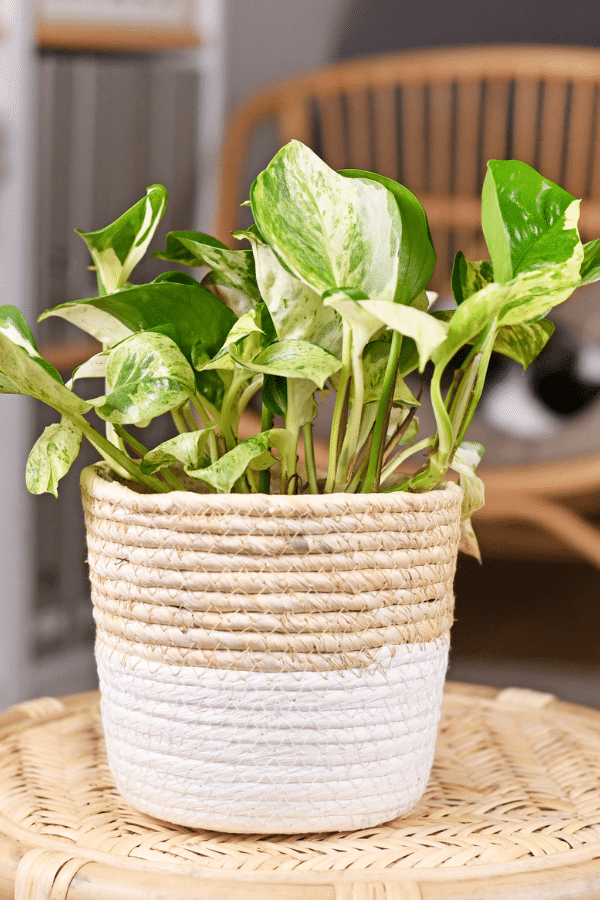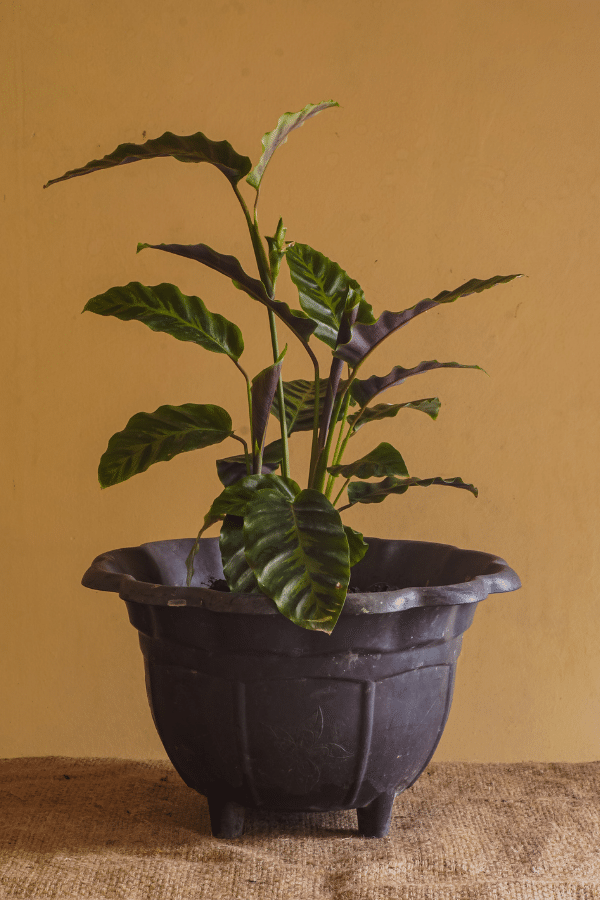Monstera Dubia
Scientific Name: Monstera Dubia
Monstera Dubia care is an easy Monstera to grow and care for, like many of the members of the Monstera family. If you have a spot for a climbing houseplant, see if a Monstera Dubia plant may be for you.
To give this Monstera plant the best care, it requires well-draining soil, water when the top inch of soil has dried out, provide it with bright indirect sunlight, temperatures ranging from 65-80F, and average to high humidity levels.
Quick Care Overview
| Common Name | Monstera Dubia |
| Scientific Name | Monstera Dubia |
| Family | Araceae |
| Origin | Central & South America |
| Growth Rate | Fast |
| Identification | Heart-shaped green leaves with yellow to white speckles |
| Height | Up to 3 feet tall |
| Soil | Well-draining soil |
| Water | Water when the top inch of soil has dried out |
| Temperature | 65-80F |
| Sunlight | Bright indirect sunlight |
| Toxic to Cats & Dogs | Yes |
| Toxic to Humans | Yes |
| Pests | Spider mites, fungus gnats, scale |
| Diseases | Root rot |
Below we will dive deep into this Monstera Dubia care guide.
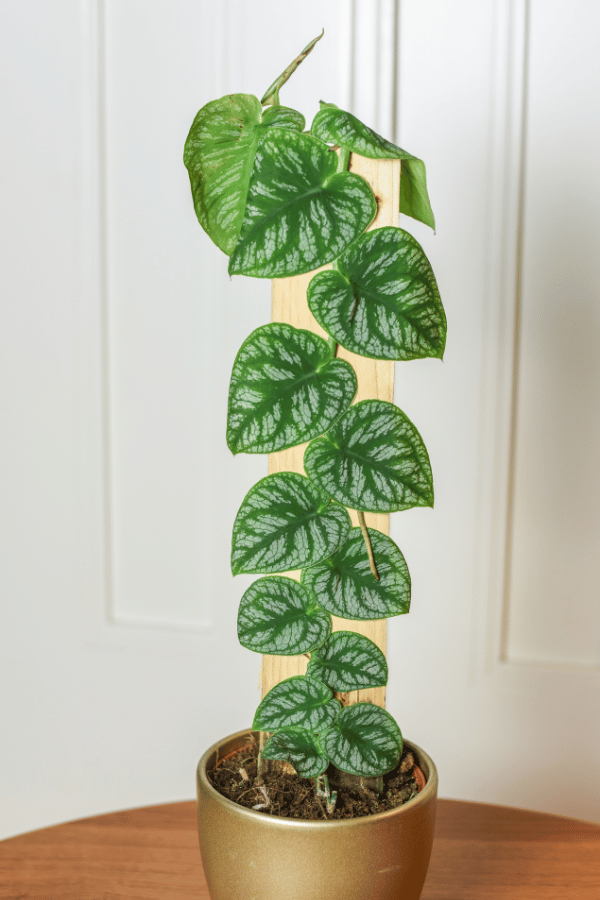
Monstera Dubia History
Central and Southern America native Monstera Dubia is a lesser-known variety of Monstera that is a bit harder to find than other members of the Monstera family such as Monstera Adansonii. However, its variegation and creeping vine habit make it a lovely tropical aroid that is easy to care for should you be able to find one. However, be wary of scam sellers as these plants will often need to be purchased online.
Monstera Dubia Identification
While the Monstera Dubia is smaller than other monsteras, it still has quite large leaves and can climb to great heights. This Monstera has gorgeous heart-shaped foliage that is speckled with yellow and green. While grown indoors, this Monstera will often not fenestrate.
Monstera Dubia Growth Facts
Monstera Dubia will climb up anything that it comes into contact with. This quick-growing plant will do best If given a moss pole or something to climb up.
How Big Does a Monstera Dubia Get?
When grown indoors, Monstera Cubia will rarely exceed 3 feet in height. However, when grown outdoors, this plant may grow up to 10 feet tall.
Monstera Dubia Care
Although Monstera Dubia is harder to come by than Monstera Deliciosa, its care requirements are practically the same. However, your Monstera Dubia should have a pole or support to hold it up. Many plant owners choose to mount their Monstera Dubia on a plank of wood.
Monstera Dubia Soil
Monstera Dubia will like to be grown in well-draining, airy soil that has plenty of organic matter. You may create a perfect mix at home by mixing orchid park, peat moss or coco coir, and perlite. However, as this plant requires loose soil made for aroids, a typical potting soil will likely be too dense.
Monstera Dubia Fertilizer
As Monstera Dubia is considered a moderate feeder, it will benefit from monthly feeding during the warm growing months of spring and summer. Select a balanced liquid fertilizer indicated for houseplants. Avoid feeding your Monstera during fall and winter and be sure to follow all label instructions so you do not overfeed, as this may lead to damaging the plant.
Monstera Dubia Watering
Although your Monstera can withstand a bit of neglect, you should not allow your plant to dry out often. Instead, you should rewater your Monstera after the top 1-2 inches of soil become dry.
Monstera Dubia Light Requirements
Your Monstera Dubia will grow best when grown in bright indirect light. However, avoid placing your plant into too much direct sunlight as this may burn the foliage of your plant.
Monstera Dubia Temperature & Humidity
As Monstera Dubia is a tropical plant, it will enjoy being grown in a warm, humid environment. Your Monstera should be fine if grown in average indoor temperatures and humidity, but you should be sure not to expose your plant to drastic fluctuations in temperature. Therefore, avoid placing your Monstera near a heating vent, AC unit, or drafty window. If you live in an especially arid environment, you may need to add more humidity to your home.
Repotting Monstera Dubia
You should repot your Monstera Dubia after you find roots poking out from its container’s drainage holes. Select a container that is 1-2 inches larger than the previous container. Repot your plant, refresh the soil, tamp lightly, water thoroughly, and place in indirect light.
Monstera Dubia Maintenance & Pruning
Periodically prune any dead, discolored, or diseased foliage using sharp, clean pruning shears. Cuttings may be used for propagating.
Monstera Dubia Propagation
You may easily propagate your Monstera Dubia through stem cuttings. First, cut the stem just below a node using sharp, clean shears to take a stem cutting. Next, place the cutting into bright, indirect light. After the roots are around one inch long, you should plant your cutting into soil. Next, water newly potted cutting and keep it moist and in place in indirect light.

Monstera Dubia Toxicity
Toxicity to Humans
Monstera Dubia is considered toxic to humans and should never be ingested due to its calcium oxalate crystal content.
Toxicity to Cats & Dogs
Unfortunately, Monstera Dubia is considered toxic to animals and should never be consumed. However, if you suspect that your cat or dog has ingested any portion of this plant contact your veterinarian or animal poison control.
Monstera Dubia Problems
Monstera Dubia Leaves Turning Yellow
The most common cause of foliage yellowing is due to overwatering. Ensure that you do not allow your plant to sit in standing water within its drainage tray.
Monstera Dubia Leaves Turning Brown
When the foliage of your Monstera Dubia turns brown, it is typically due to underwatering. Ensure that you do not allow your plant to sit in excess water within the drainage tray.
Monstera Dubia Diseases
While Monstera Dubia is not known to be prone to any diseases, it is susceptible to issues related to overwatering such as root rot.
Monstera Dubia Pests
Monstera Dubia is susceptible to infestation from common indoor plant pests such as spider mites, scale, and more. Upon identification of infestation, isolate your plant, and treat the plant with a pesticide such as insecticidal soap or neem oil.

